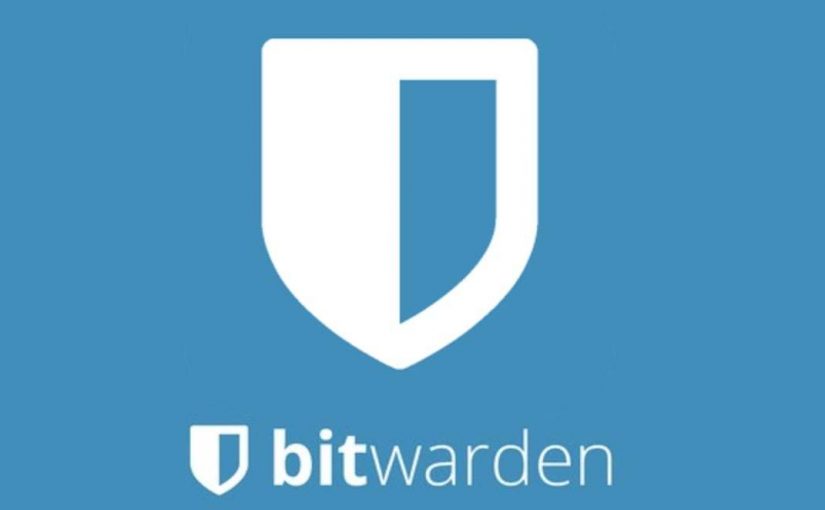

That means that in the case of BW, all your imported data, long random passwords that you have defined are gone! Now that you have understood the importance of this let's configure an outside volume that will keep your data safe from this scenario. As a result, all your work will be reset and gone.

This means that after you restart your container (reboot, NAS update, Docker update, docker image update) it will reset itself to initial settings. If you start working with your container, all information, configuration, data etc, are sandboxed inside the container. Read up on those so that I don't start messing with this tutorial too much, but in short, it means this. Now, this is the most important thing that needs to be done when working with containers. I use Heimdall for all my docker URL needs so this option is OFF (again, you can use it if you choose to do so). The desktop in this context is DSM desktop, not your computer desktop. Regarding shortcuts on the desktop, personally, I don't use it. Ofc this is an optional setting but still. The script is available at maybe some others find it interesting as well (should be easily modifyable to run other applications instead).The Auto-restart feature is nice to have ON in case you need to reboot your nas or Docker for that matter and want all your containers booting automatically. To make the integration a bit nicer the script will also setup an apache vhost (listening at ) and a cron job for daily backups of the bitwarden_rs database. Since I wanted to give bitwarden_rs a try I at first began writing an app for the Univention appcenter for it, but this morning decided to simplify the setup and instead just provide a small bash script which will fetch the latest tagged release and spin it up in a Docker container on the Univention host. The latter even implementing the organisations feature of bitwarden and thus allowing to securely share accounts between users. The good news is that thanks to the open source community there are some alternative implementations of the bitwarden api out there such as and. Maybe some of you did also want to try the password manager bitwarden, but ultimately did not proceed with it, since it requires MSSql (which also makes it quite heavy for small amounts of users).


 0 kommentar(er)
0 kommentar(er)
